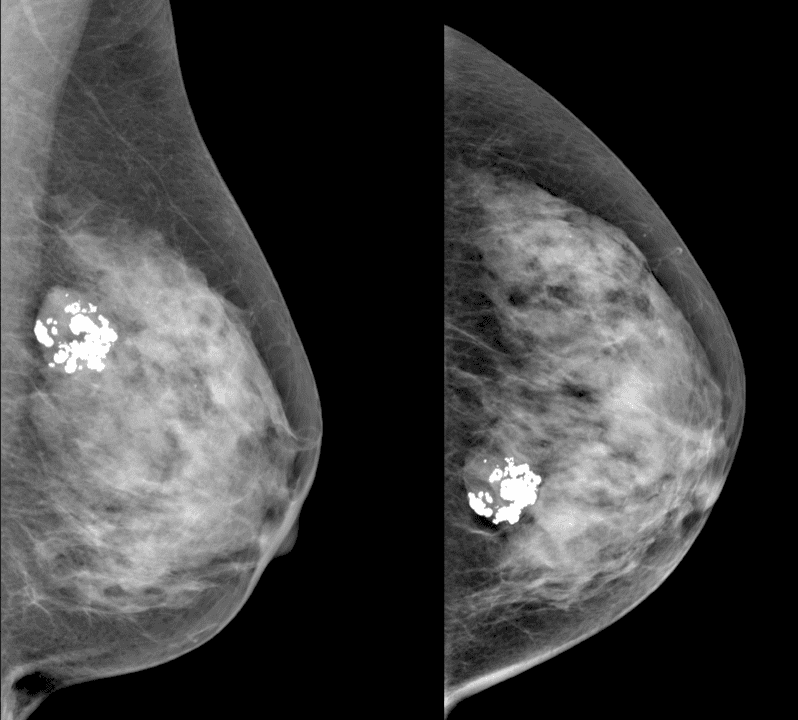
With an estimated shortage of more than 1,000 radiologists across the UK, a new research study into using artificial intelligence (AI) to help read mammograms has been welcomed by the National Breast Imaging Academy (NBIA).
The current system in the NHS Breast Screening Programme uses two radiologists to analyse a woman’s mammogram images. The study results showed that the AI model was as good as the current double-reading system, and it achieved better results than a single radiologist reading images. In the latter case, there was a reduction of 1.2% in false positives for cancer and of 2.7% in false negatives, where a cancer is missed.
If AI eventually becomes a tool in the breast screening process, it could remove the need for dual reading of mammograms by two radiologists. This would reduce workforce pressures and also mean shorter waits for women to access screening and faster reporting of their results.
Dr Mary Wilson, consultant breast radiologist at the Nightingale Centre at Wythenshawe Hospital, part of Manchester University NHS Foundation Trust, and NBIA Programme Lead said:
“The preliminary results from this study are very encouraging and given the severe lack of trained staff within breast imaging it is possible such systems will be beneficial, though reading the mammograms is only a small part of the diagnostic process.
“We will now need to evaluate how such computerised systems might work within the UK Breast Screening Programme. However, any advance that helps to relieve the workforce pressures is to be welcomed.”
The research study was led by an international team, including researchers from Google Health and Imperial College London, and the findings were published in the journal ’Nature’ – https://www.nature.com/articles/s41586-019-1799-6
